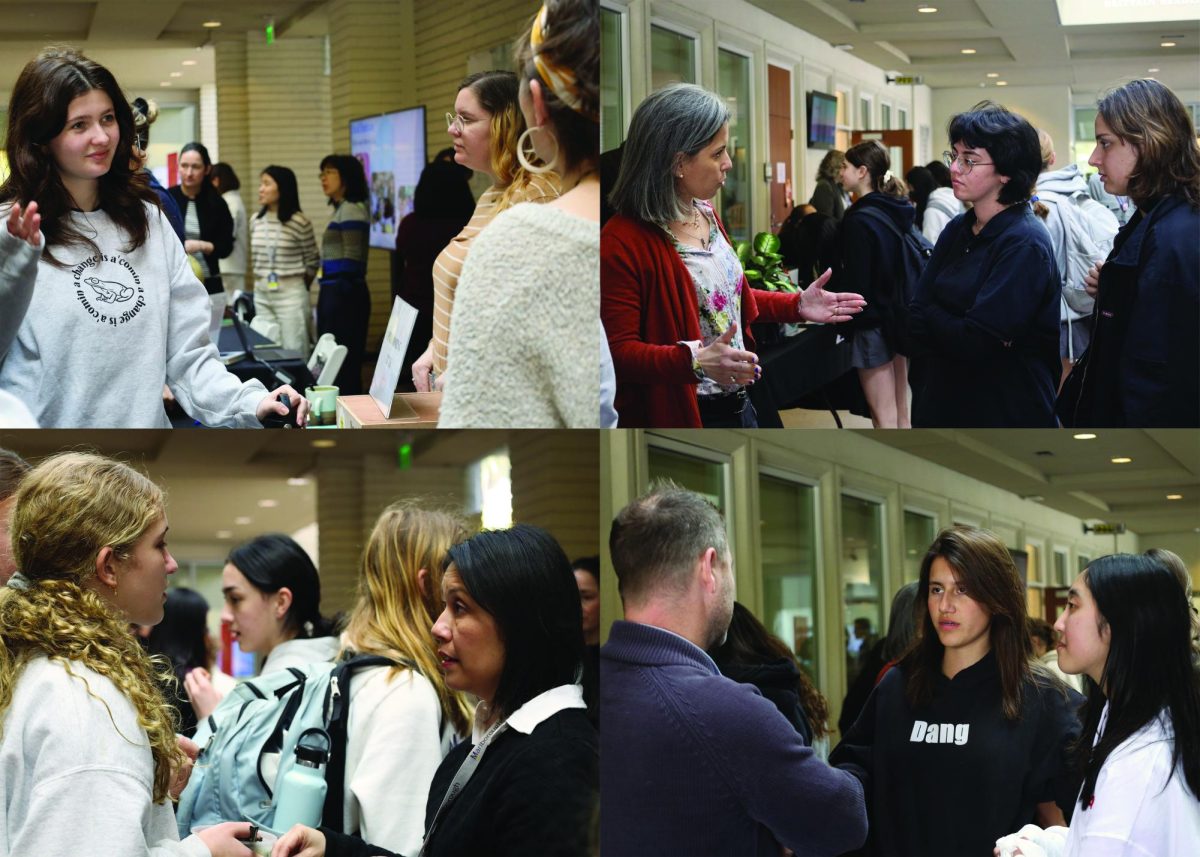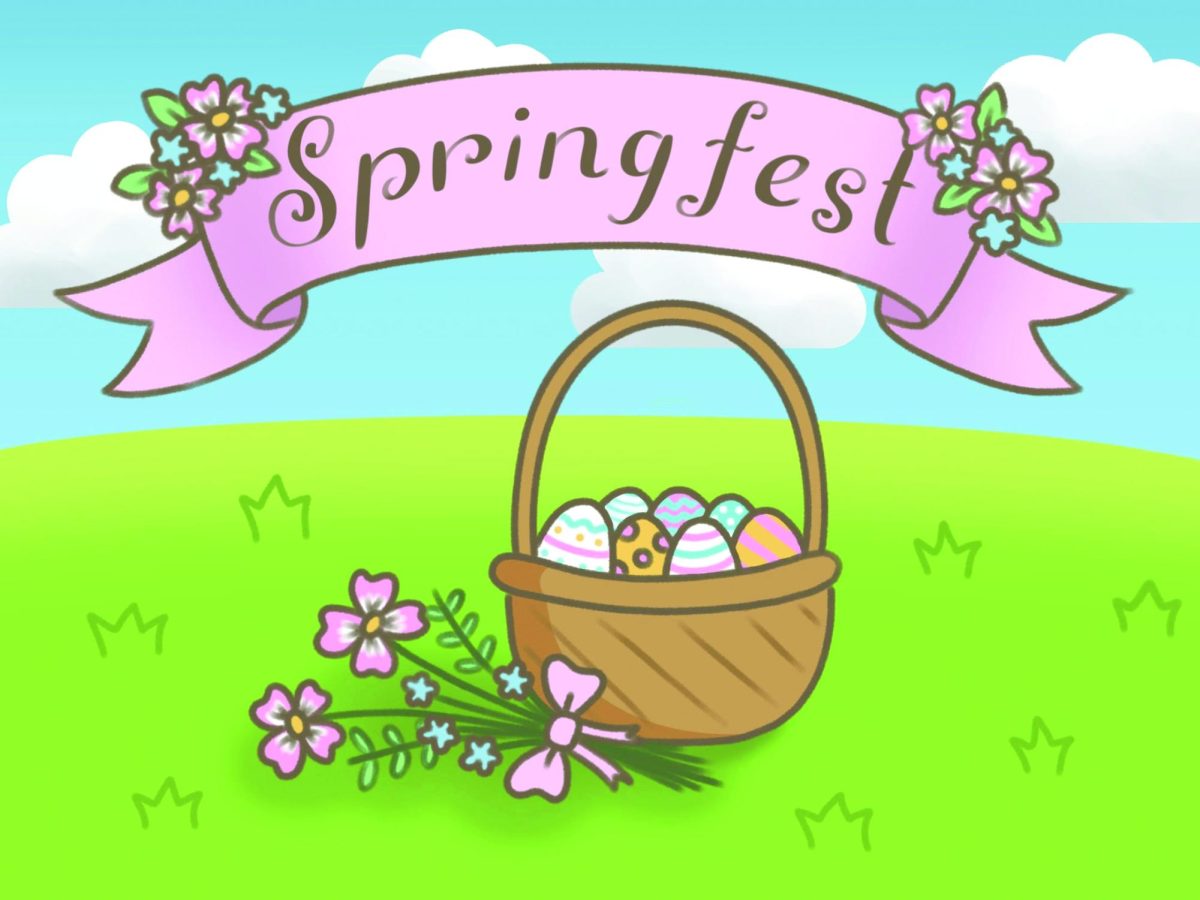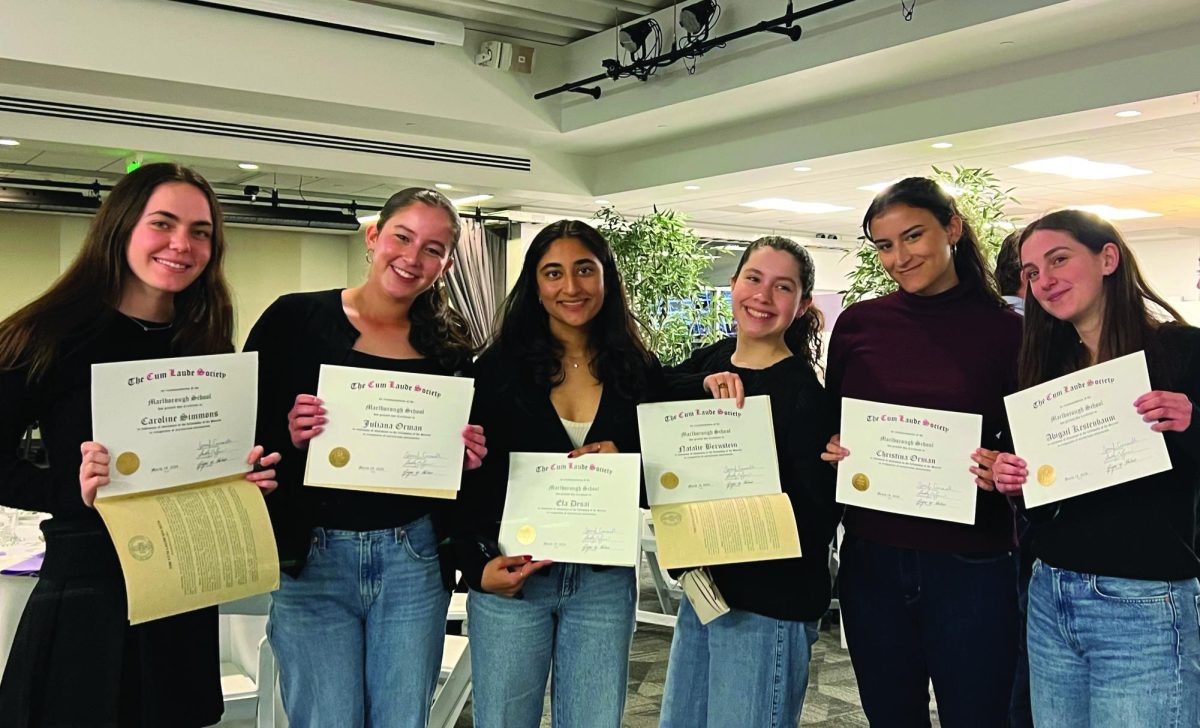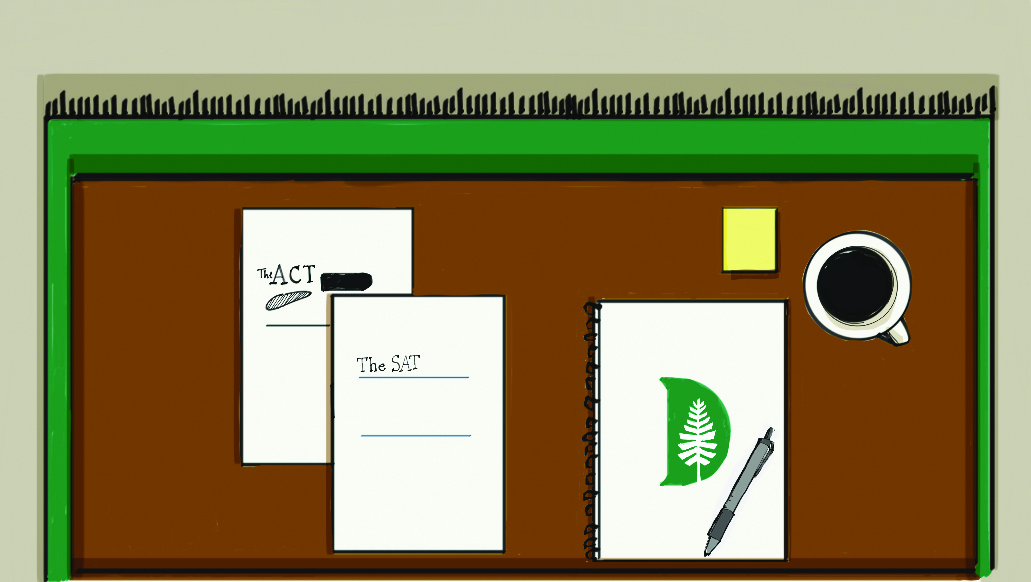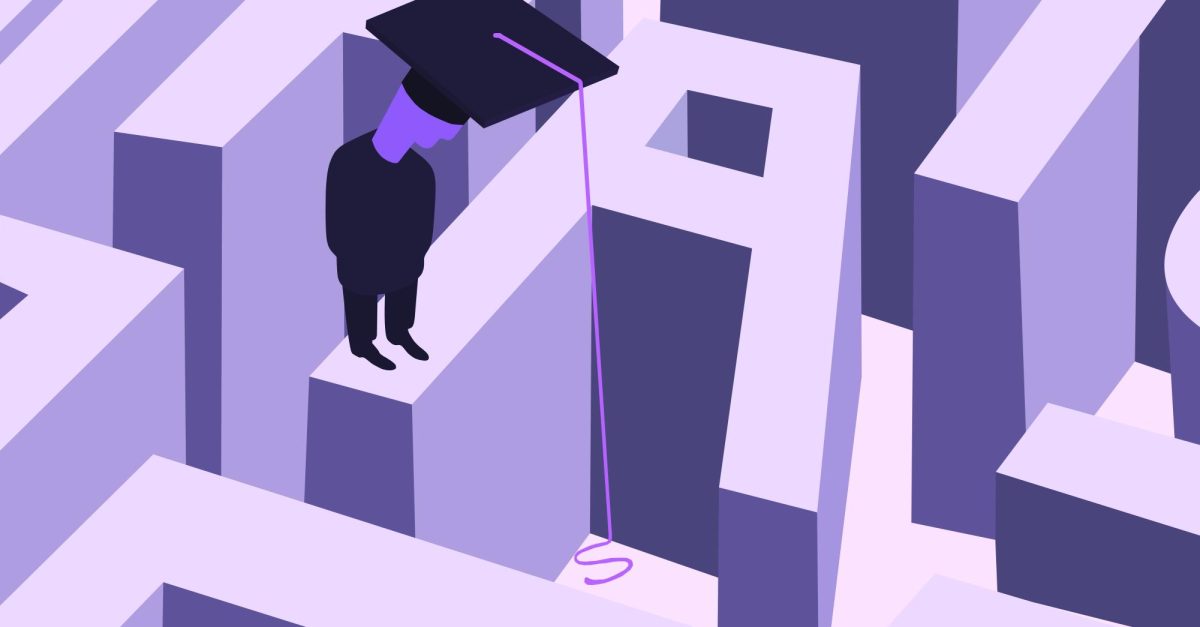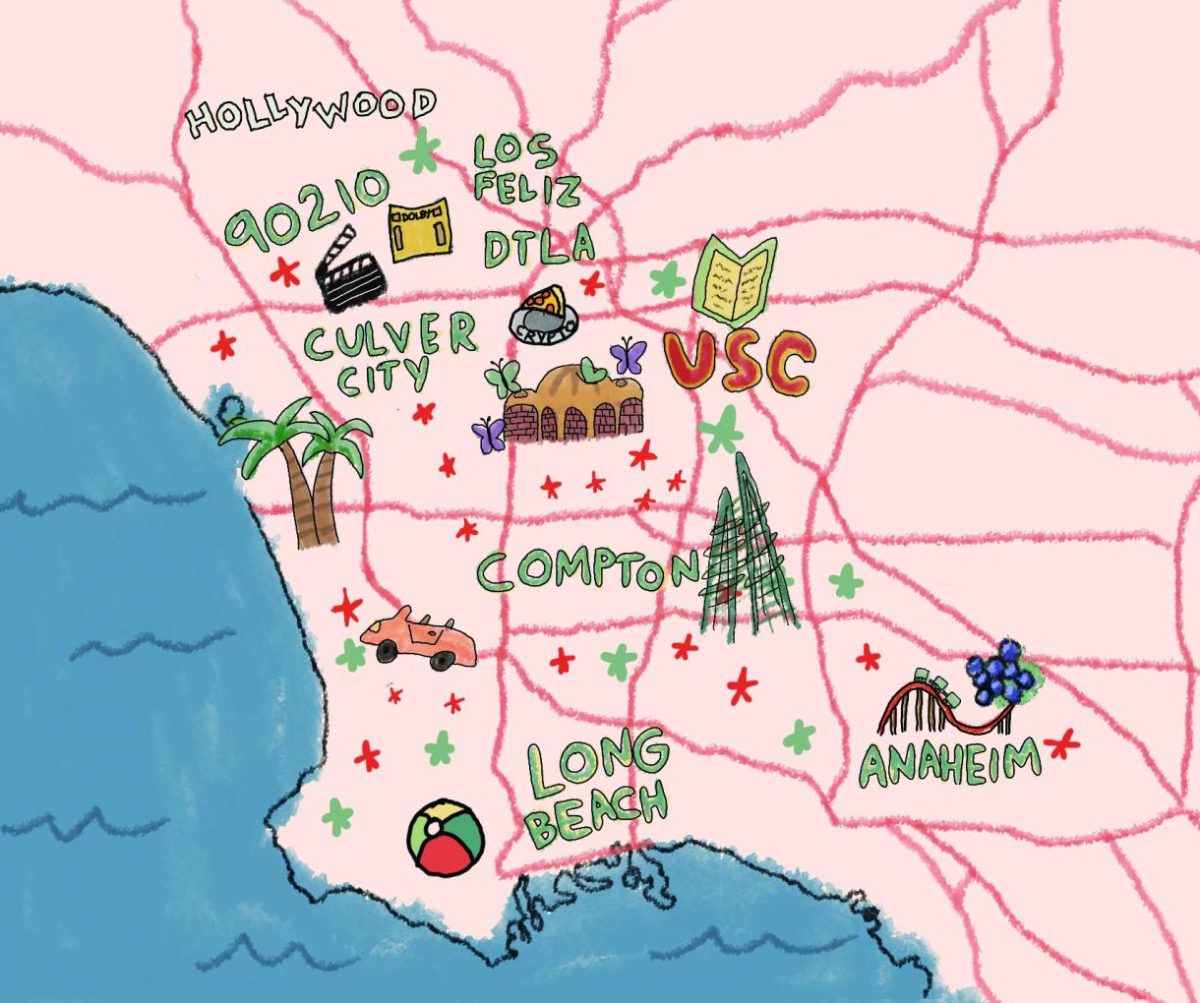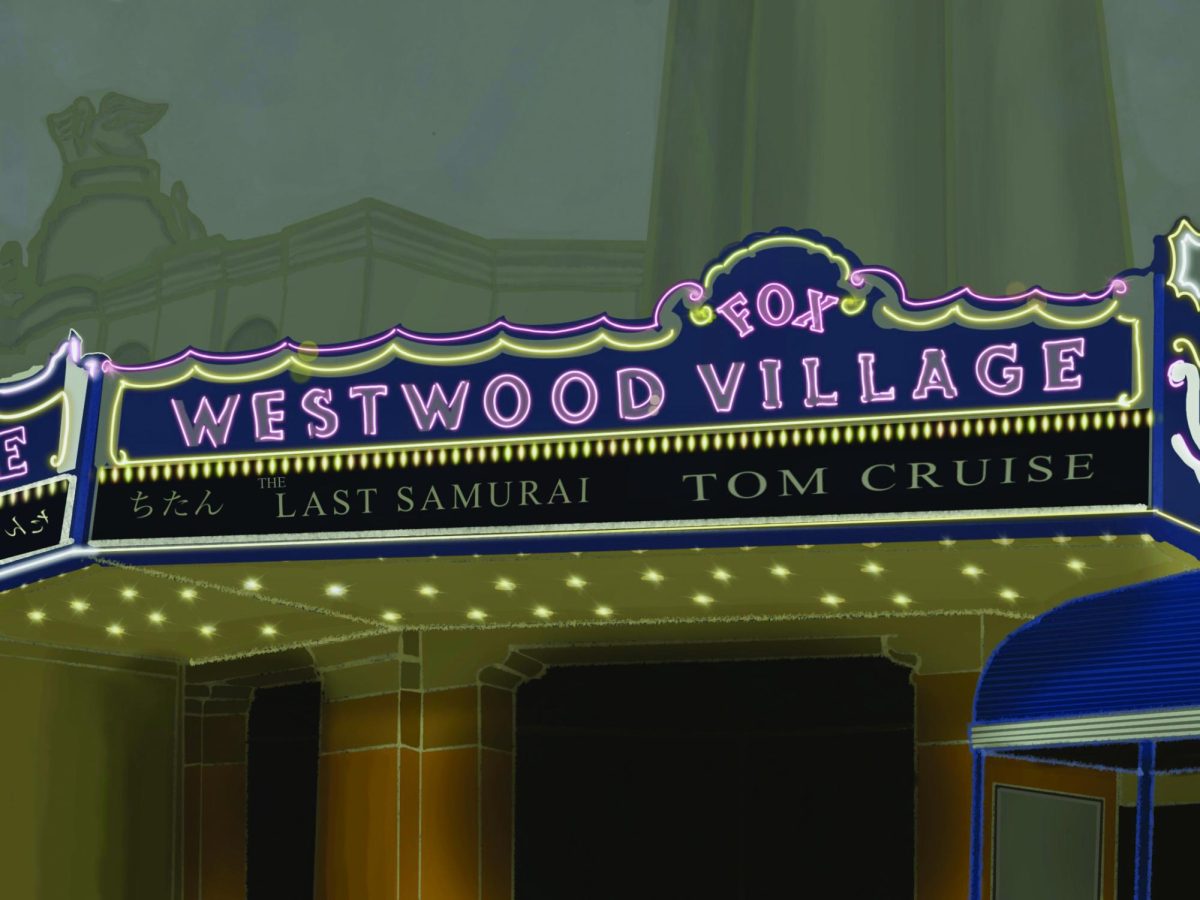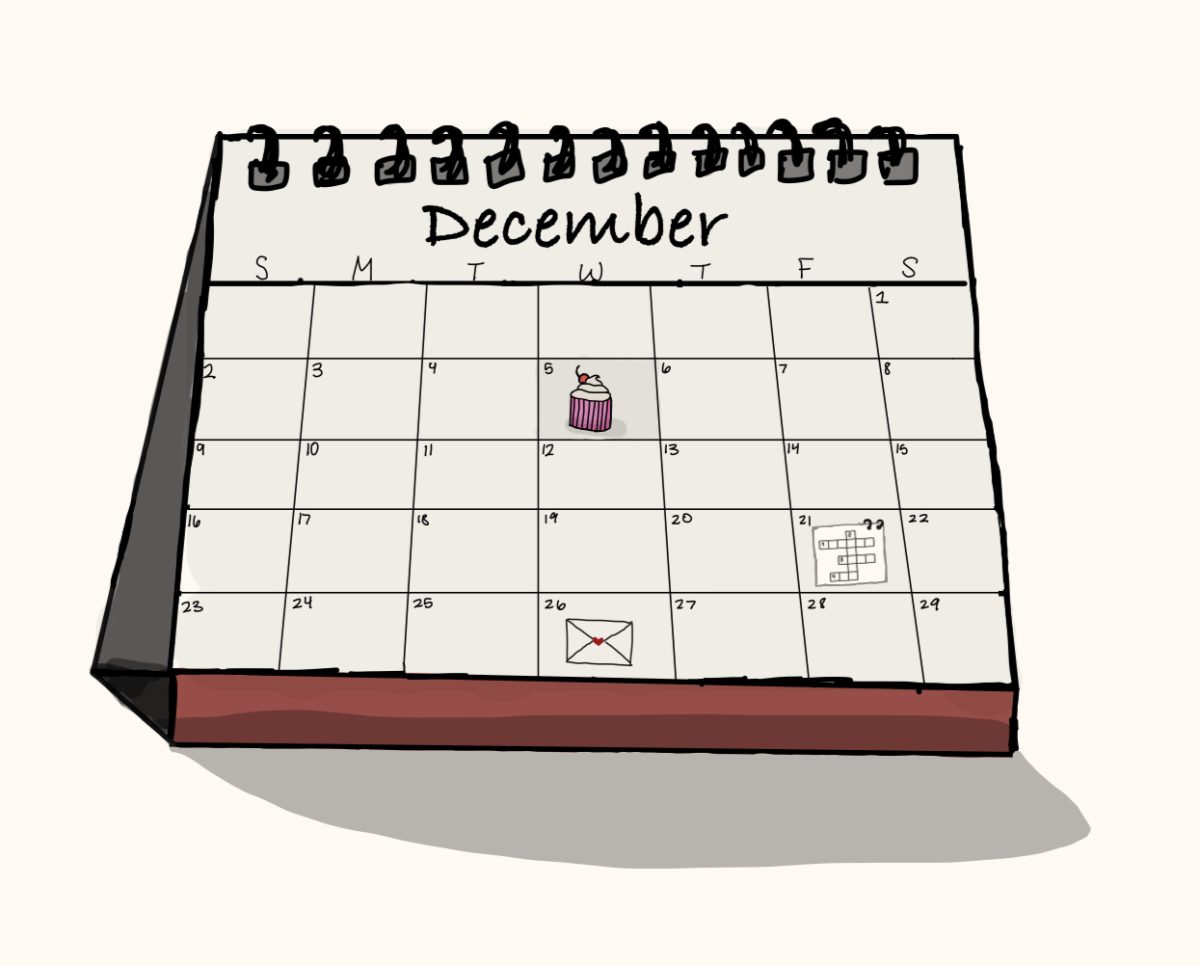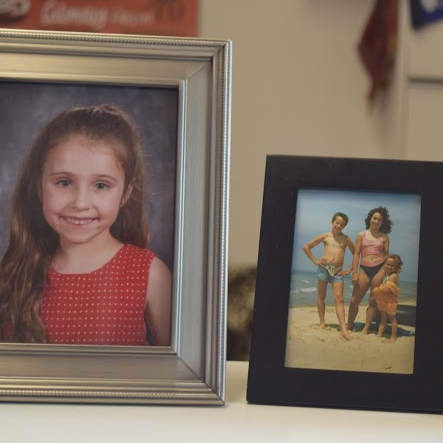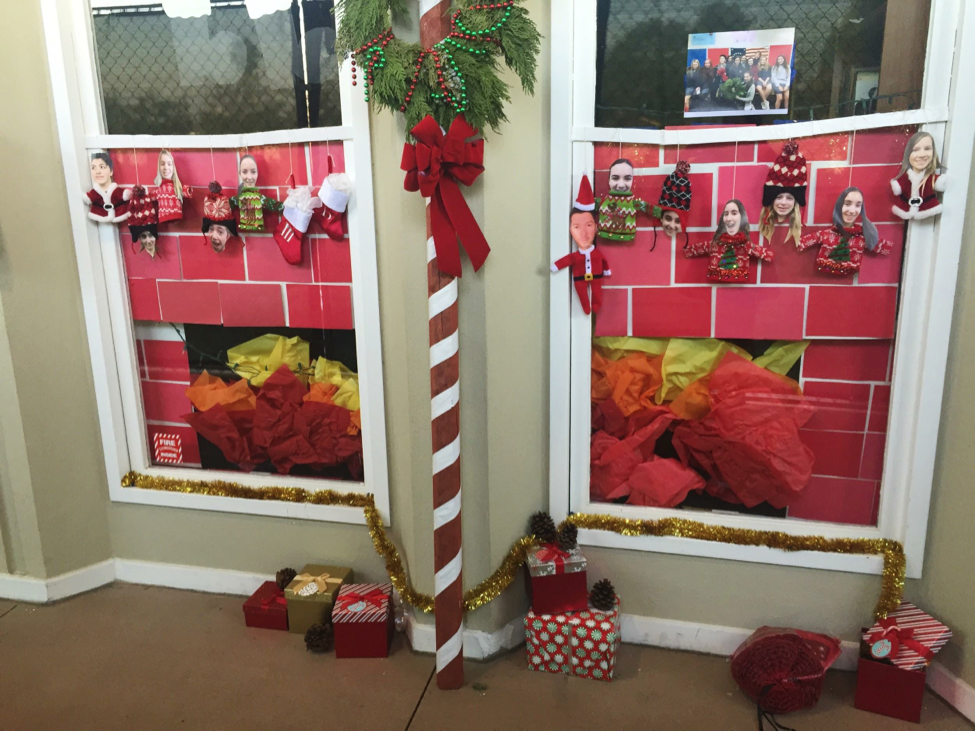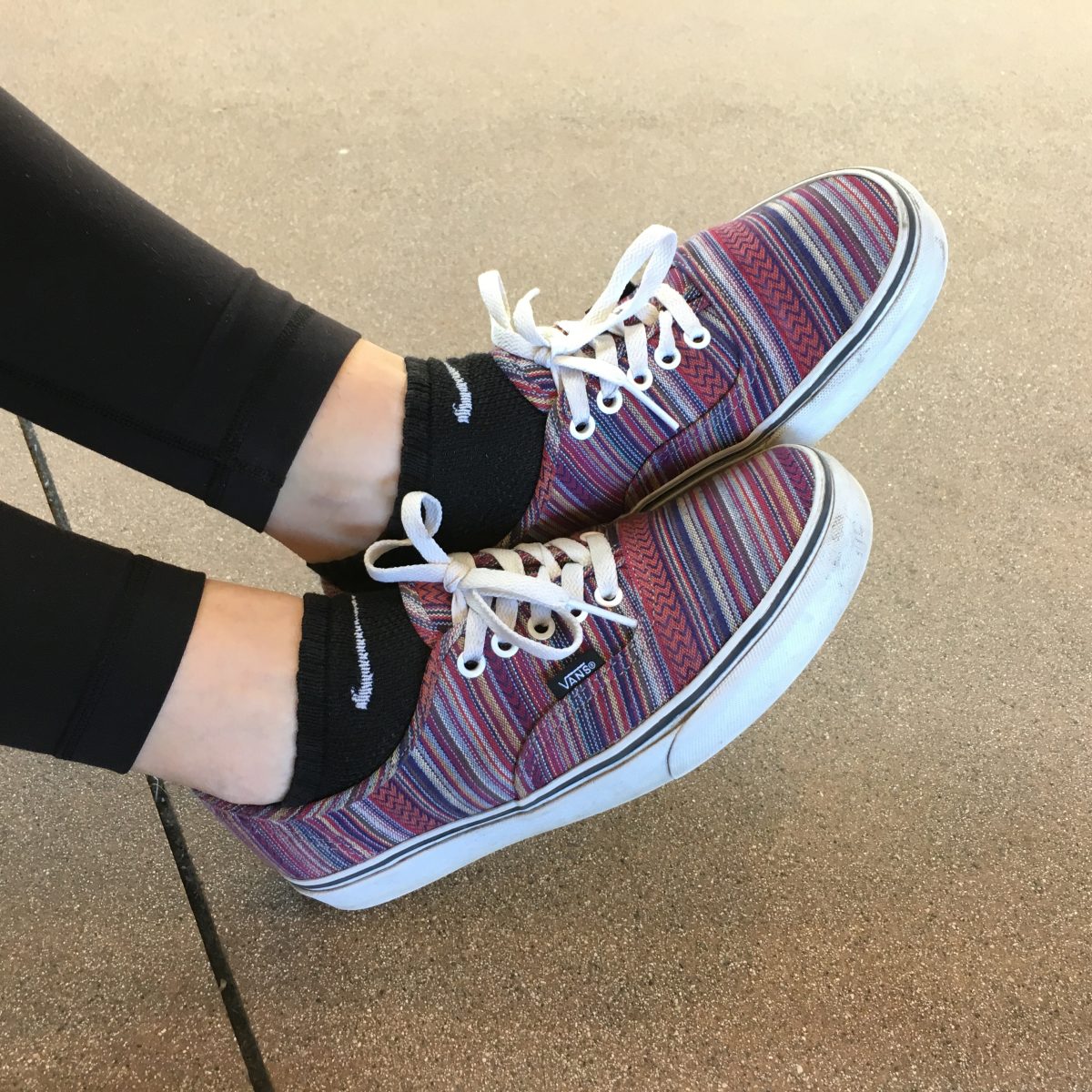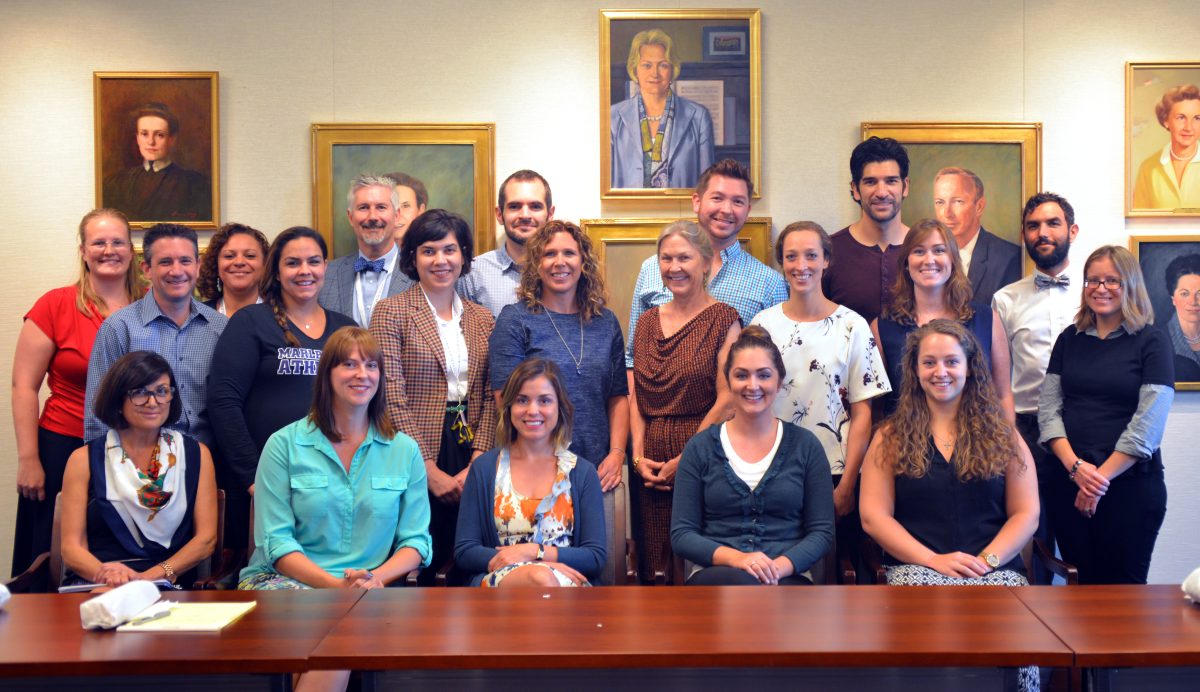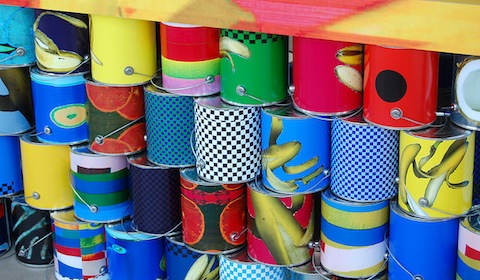
When a person thinks of art, holograms, GIFs, large-scale projections and computer viruses may not immediately come to mind. However, in an age when Apple stores seem to outnumber gas stations, and the majority of our interactions occur behind screens, art has morphed into an entity that is unlike anything previously imagined.
Digital art refers to any work of art that uses digital technology as either a medium or a tool in the creation process. If an artist uses scanning, image distortion software, digital painting, graphics programming or three dimensional graphics, he or she is creating digital art.
Jody Zellen, a digital artist living in Los Angeles, is Marlborough School’s Artist-In-Residence for the 2013-2014 school year. Zellen began her career as a photographer and later started to combine her photographs into collages with text. This led her to create digital collages, which ultimately resulted in her use of digital, interactive artistic canvases, called “net art.”
Zellen’s work intertwines digital and analog photographs, colors, thematic elements and text to create digital pieces that both pertain to and are created by the power of the internet. For example, her project entitled “4 Square” is both an interactive website and app that stitches together one hand-drawn image, one solid color, one block of text, and one tracing of a newspaper photograph to create a different set of four squares every time the page is refreshed.
Throughout October, Zellen worked with a variety of visual arts classes at Marlborough to create an interactive website entitled “Exquisite Corpse.”
Each student created a collage in the shape of a figure that Zellen cut into three parts. Zellen then scanned the parts and laid them out onto her website. By refreshing the page, students can see various combinations of their collages juxtaposed with collages by other students.
For Zellen, the internet is a public space where anyone can explore his or her artistic side regardless of personal interests or levels of artistic experience.
“New technologies have allowed artists to become a global community and make work that can be seen and shared by a wider audience, an audience that exists outside the gallery and outside museums,” Zellen said.
According to visual arts instructor Joshua Deu, Zellen’s style is distinctive from the styles of both digital and non digital artists alike in the way it conveys messages.
“She has a thoughtful and creative way of translating the complexities of the modern world and media representations into a simple and poetic form,” Deu said.
Since the early days of digital art, Zellen and many artists have worked to blur the boundaries between the art world and the digital world.
Joseph Nechvatal, a digital artist and art theoretician, creates paintings using computer viruses. Through his work, Nechvatal aims to close the growing gap between the actual and the virtual. Another contemporary artist, Wade Guyton, makes large format paintings on canvases using scanners and digital inkjet technology.
The concept of digital art is widely debated and often controversial. Some people dismiss the art as impersonal, non-traditional, and unoriginal because it relies on machines.
Others argue that it is an honest way to form a connection with the growing technological generation. Digital art also raises intellectual property questions because digital artists often borrow elements from other artists’ work to make their own pieces.
At Marlborough, students can take several visual art courses that utilize digital technologies, including digital storytelling, photography, filmmaking, video art and music video.
Sammi ’15 has studied animation, filmmaking and Adobe Photoshop in her digital arts classes at Marlborough. Sammi attributes her love of digital art to its endless possibilities and its almost instantaneous rewards. She also adds that not having to clean up a mess is a big plus.
Digital arts are gaining popularity, and according to Deu the reason is simple.
“When working digitally, it is easier to realize an idea,” he said. “And if a tool does a really good job, more people start using it.”

